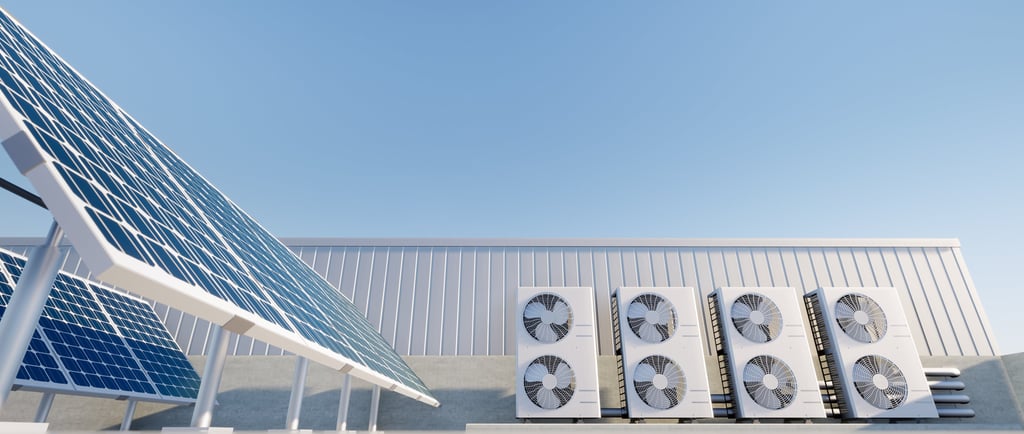Wind Load Classifications and Their Impact on Structures: A Deep Dive into ASCE 7-22
Navigating the complexities of wind load calculations is essential for the stability and safety of buildings. With the release of ASCE 7-22, understanding the distinctions between wind loading types becomes even more critical. Let's delve into the intricacies of these classifications and their implications on building designs.
Enrique Lairet, PE
7/24/20232 min read


Navigating the complexities of wind load calculations is essential for the stability and safety of buildings. With the release of ASCE 7-22, understanding the distinctions between wind loading types becomes even more critical. Let's delve into the intricacies of these classifications and their implications on building designs.
The Three Pillars of Wind Loading
Main Wind Force Resisting System (MWFRS): Envision the MWFRS as the backbone of a building, ensuring its overall stability. The ASCE 7-22 defines the MWFRS as an assembly of structural components that maintain the balance of the structure against wind forces. For instance, if you visualize a building constructed of steel with metal roofs and wall panels, the core framework and the base footings are designed to withstand MWFRS loading due to wind pressure.
Components and Cladding (C&C): Moving beyond the MWFRS, the C&C are parts of the building that aren’t part of the main wind force resisting framework. Taking our steel building as a reference, the wall panels, doors, windows, and even the roof purlins fall under this category. The wind pressures on these components are determined by their effective wind areas, which vary with size and location.
Other Structures and Building Appurtenances: This category encompasses elements such as rooftop units, chimneys, freestanding walls, and more. For instance, if an air conditioning unit is mounted on the roof, the ASCE 7-22 would guide us in evaluating the wind loading for that particular unit.
A Closer Look: Understanding Wind Pressures
MWFRS: Consider this as the impact of wind on the whole structure. Picture a balloon in the wind – it could fly off, roll over, or shift. It's about observing the entire unit and understanding its responses.
Components & Cladding: This is about the micro-effects. Imagine short bursts of wind targeting specific parts of the building. It's not about the building's collective response but rather the individual reactions of its parts. These bursts can vary in intensity and frequency, and their effects can be significantly different from MWFRS loads.
The Evolving Nature of Wind Load Standards
With the ASCE 7-22 updates, it's evident that the standards are constantly evolving to incorporate better research and understanding. When combined with the Florida Building Code (FBC) 2020 information, designers get a more comprehensive view of how to approach wind load calculations.
It's worth noting that the smaller the area under consideration, the greater the chances of experiencing maximum wind bursts. Therefore, understanding the intricate balance between the whole (MWFRS) and its parts (C&C) becomes essential.
Conclusion
Wind load calculations, especially in coastal regions and places prone to high winds, play a pivotal role in building safety. With evolving standards like ASCE 7-22 and FBC 2020, staying updated is paramount. For those seeking further clarity, floridawindcalcs.com, and windcalculations.com offer in-depth insights and professional services.
Wind load calculations may seem intricate, but with a thorough understanding of the latest standards or by seeking expert assistance, they become manageable. Whether you're a seasoned designer or embarking on a new construction project, knowledge and the right resources are your allies.
Last Update: July 24, 2023
WindCalculations.com
+1 (813) 694-8989
info@oasisengineering.com
© 2023 Oasis Engineering LLC. All rights reserved. Doing business as WindCalculations.com
